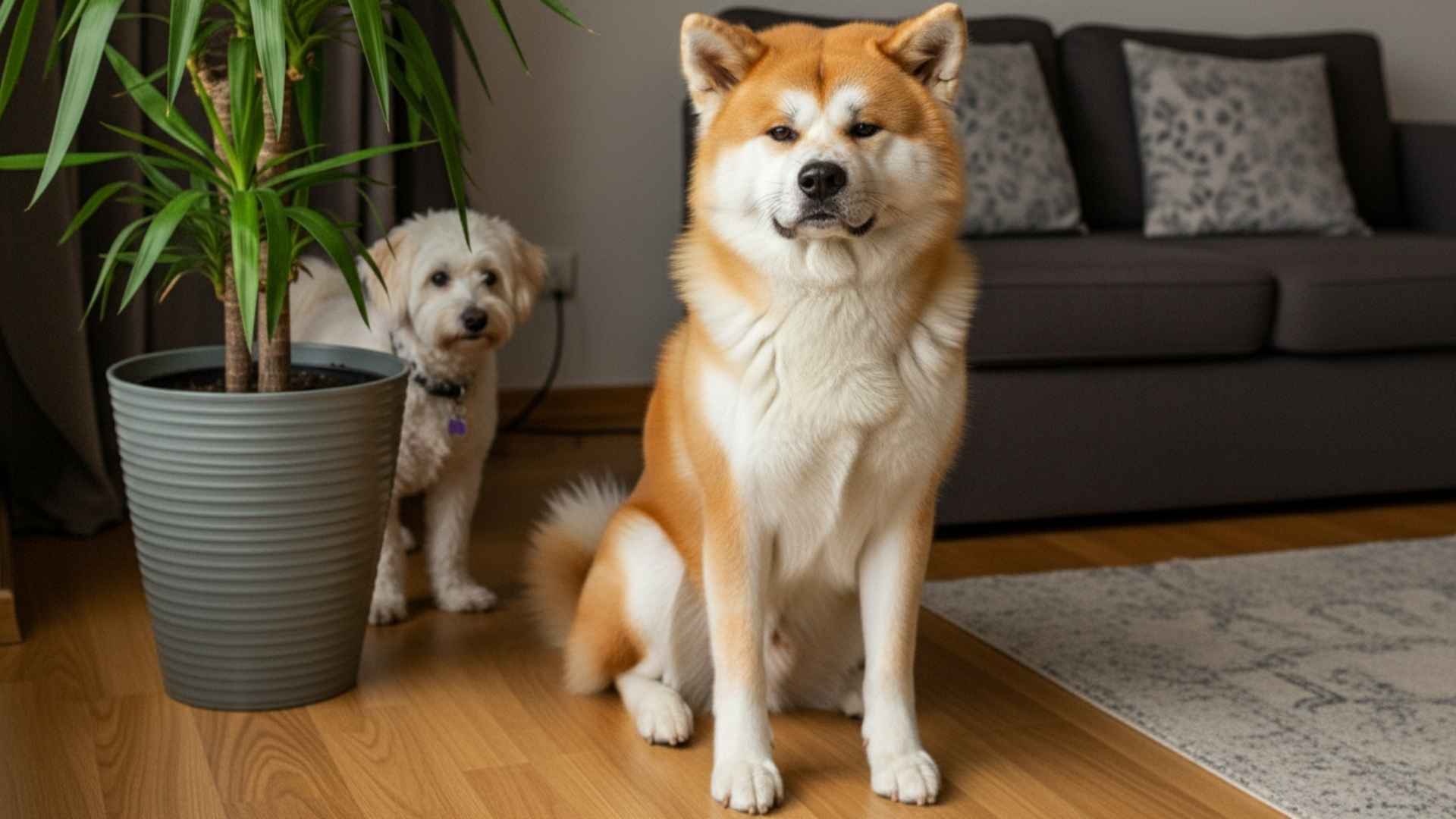Bringing a new dog into a home that already has pets can be tricky. While some breeds are natural companions, others may struggle to coexist peacefully with cats, smaller dogs, or other animals.
Choosing the wrong dog can lead to stress, tension, and even safety issues in your household. The key is understanding which breeds are more prone to aggression, possessiveness, or high prey drive, and which can adapt to a multi-pet environment.
Here, we’ll outline the best dog breeds to avoid if you have existing pets, helping you make an informed decision before adding a new member to your family. From their instincts to their social behaviors, these dogs may require more management than most families are ready to provide.
Avoiding conflicts starts with awareness—knowing the breeds that may challenge harmony ensures both your pets and your household remain happy and safe.
Tip: Breeds with strong prey drives were bred for hunting and chasing, making them less ideal in multi-pet homes unless carefully trained and socialized.
Best Dog Breeds To Avoid If You Have Pets
1. American Pit Bull Terrier
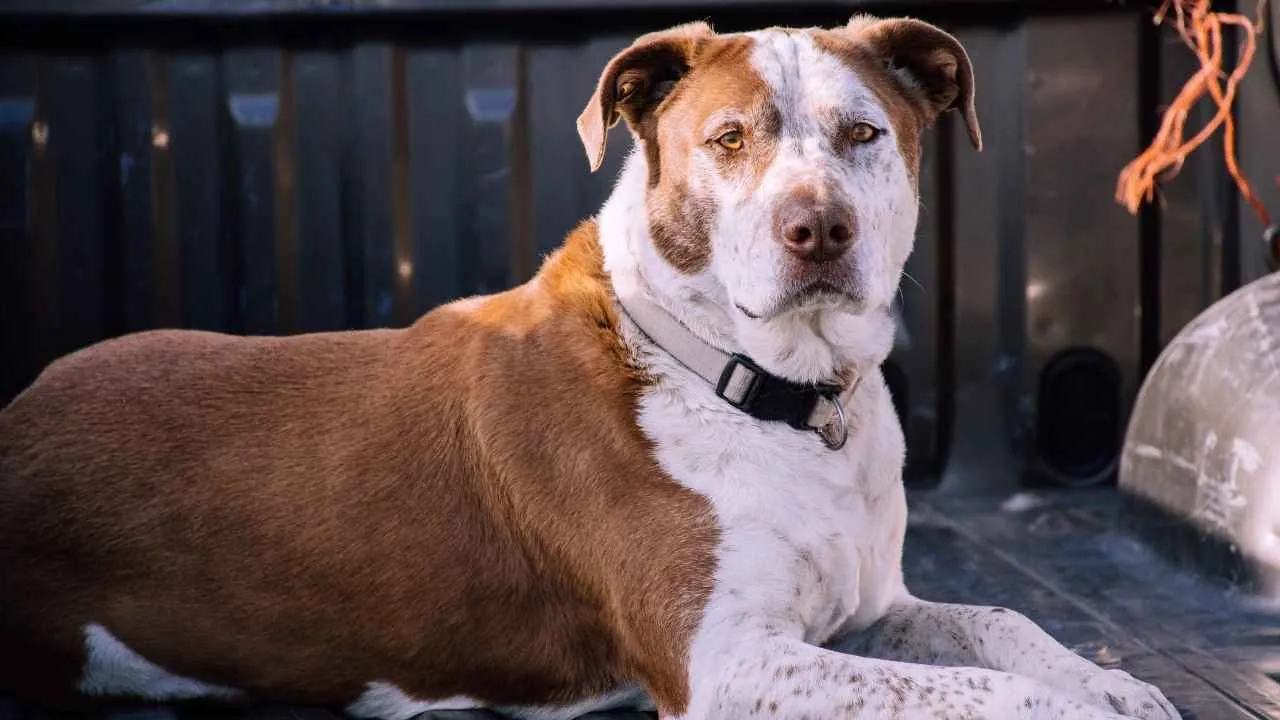
Ah, the American Pit Bull Terrier — easily one of the most misunderstood dogs on the planet. With a grin that could melt your heart and muscles that could bench-press you, these pups are often caught between “cuddle monster” and “headline maker.”
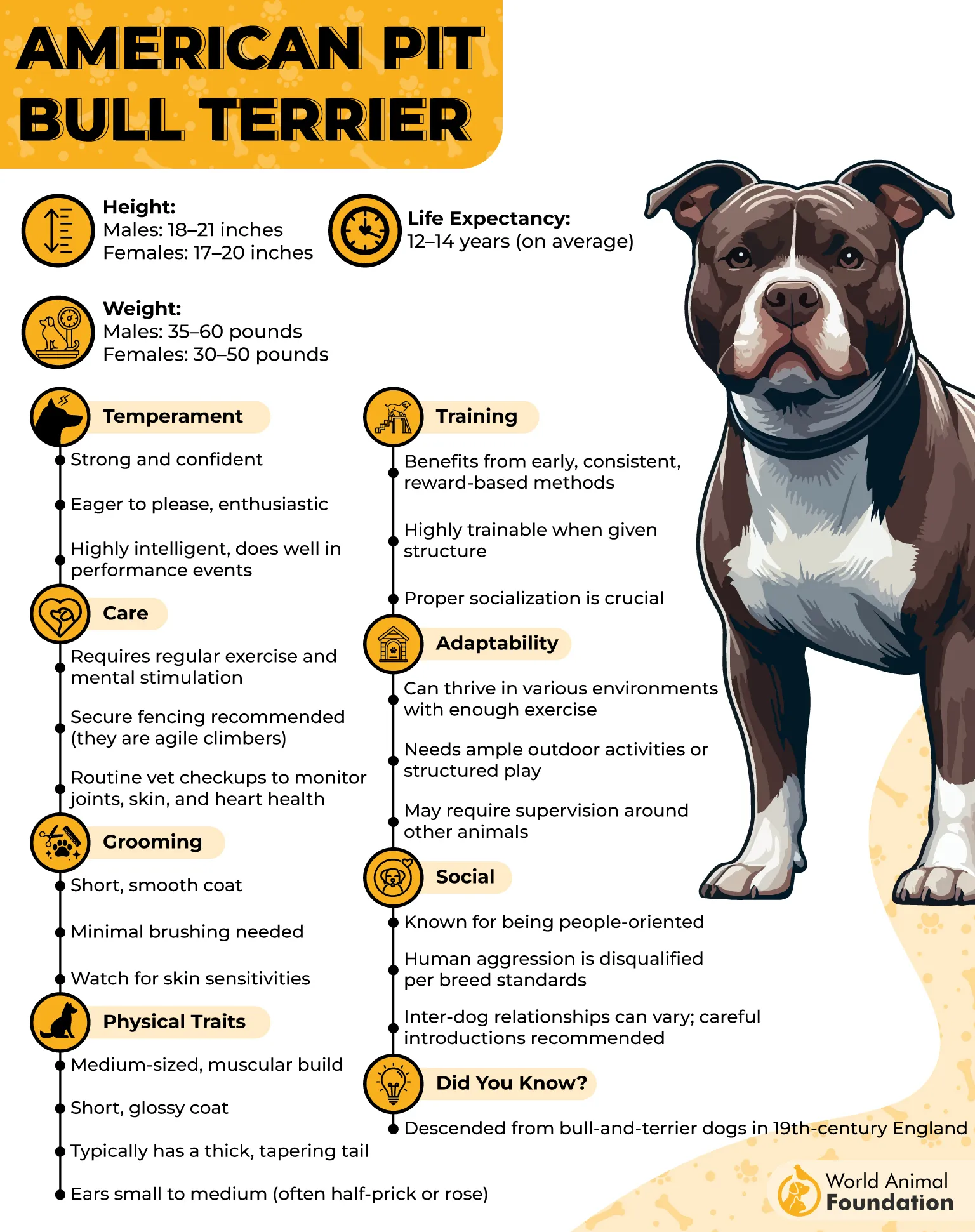
The truth? Pit Bulls can be incredibly loving, loyal, and goofy — but they need the right kind of owner to bring out their best side. Originally bred for bull-baiting and later as farm dogs, their strength and determination are unmatched.
Pit Bull Terriers have gained an unfair reputation for aggression, largely stemming from their history in dog fighting, though their behavior is no different from most other dogs.
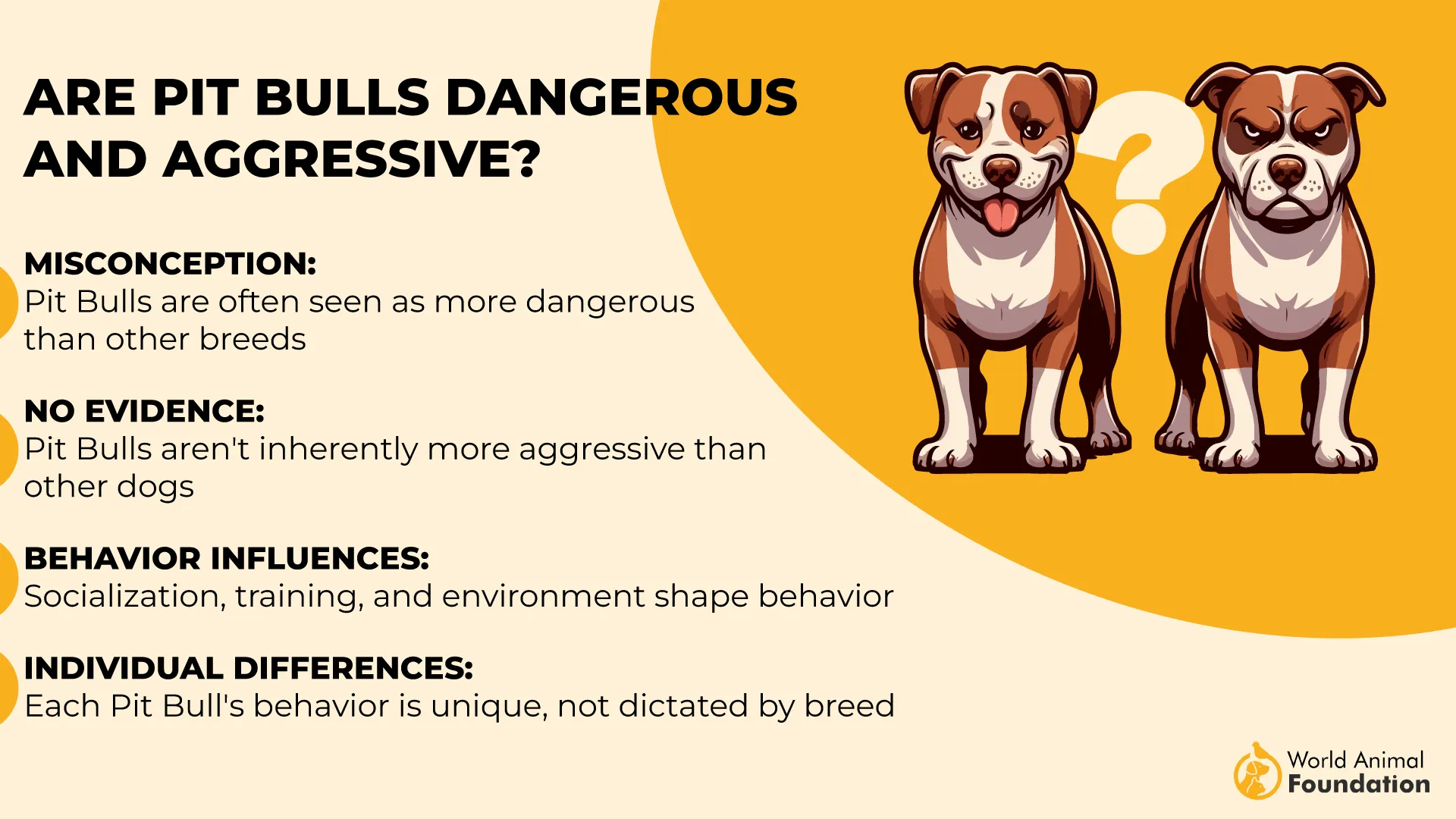
✔ Highly intelligent and extremely loyal, but need firm, consistent training.
✔ Strong and energetic, requiring plenty of exercise and structure.
✔ Early socialization is key to helping them learn who’s a friend, not a foe.
However, those same traits can make them a handful for homes with other pets. Their high prey drive and natural dominance mean they might not always play nicely with smaller animals (or sometimes even other dogs).
When raised with love, patience, and clear boundaries, these large dogs can be absolute sweethearts — but without it, they may develop behavioral issues. So, if your house is already a zoo, you might want to hold off unless you’re ready to invest serious time in training and socialization.
Bottom line: Pit Bulls aren’t “bad dogs” — they’re just powerful personalities in strong bodies. Handled right, they’ll be your most loyal companion. Handled wrong, well… you might be chasing your cat up a tree.
2. Chow Chow
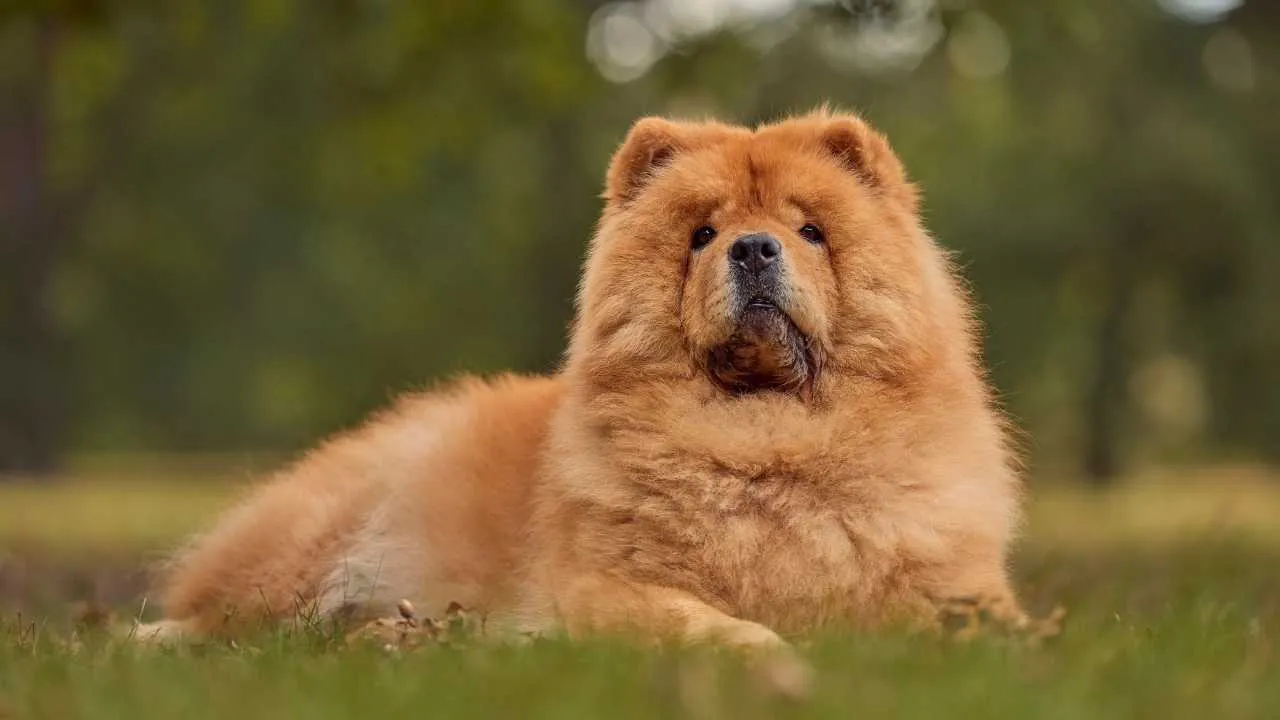
Fluffy? Yes. Cuddly? Absolutely not (at least, not unless they decide so). The Chow Chow might look like a teddy bear, but under that lion-like mane lies the heart of an independent, dignified ruler who prefers admiration from a respectful distance.
This ancient Chinese breed was once used for hunting and guarding, which explains their strong prey drive and tendency to be standoffish with strangers and other pets. With smaller animals, that prey drive can kick in — and let’s just say the hamster might not appreciate it.
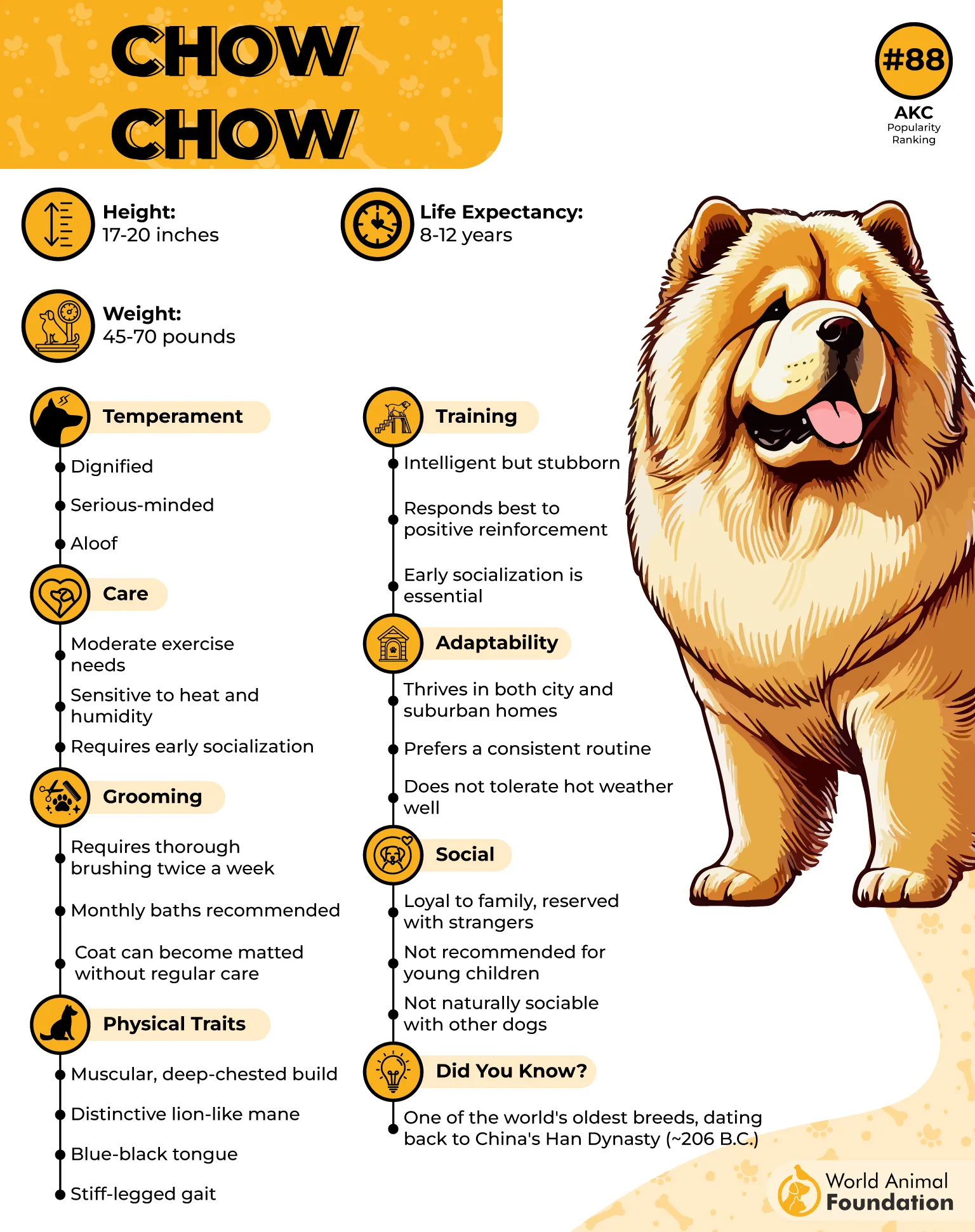
✔ “Royal dog” vibes: They like to be treated with respect, not smothered with affection.
✔ Territorial and independent, they don’t always enjoy the company of other dogs.
✔ Not ideal for homes with small kids, as their sturdiness and aloofness can cause accidental bumps (and grumps).
Hills Pet emphasizes that early socialization is crucial for Chow Chows, helping them feel at ease around other dogs as they mature.
Chow Chows are often best suited to adult-only homes or families with older kids who understand boundaries. They love routine, peace, and their own space — basically, the introverts of the dog world.
Bottom line: The Chow Chow might look like a walking stuffed animal, but don’t be fooled — this regal and reserved breed is more emperor than entertainer. If you’ve got other pets running around, the Chow might prefer a quieter palace all to themselves.
3. Akita
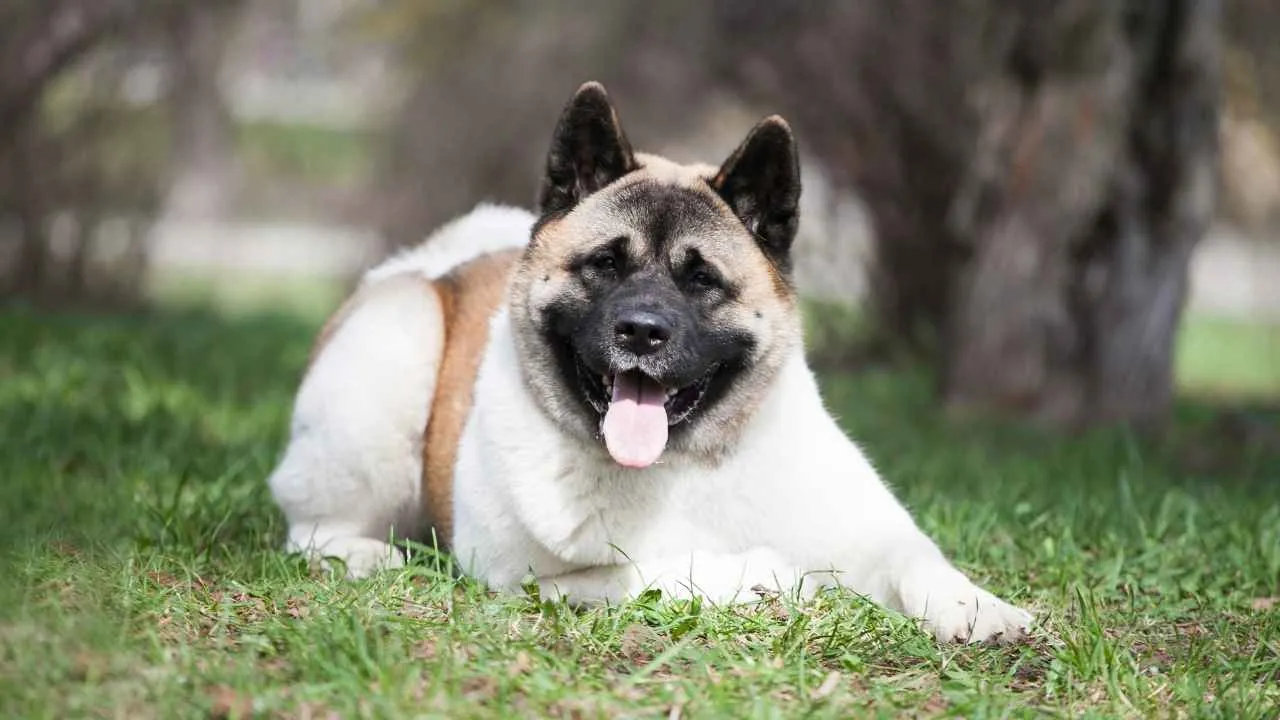
Majestic, dignified, and fiercely loyal, the Akita is basically the samurai of the dog world — brave, proud, and not exactly interested in making new friends (especially if those friends happen to have fur, whiskers, or wings).
Originally bred in Japan for guarding royalty and hunting large game, the Akita is a natural-born protector with a serious sense of responsibility. Here’s the thing: while their loyalty to their humans is unmatched, that same devotion doesn’t extend to other pets.
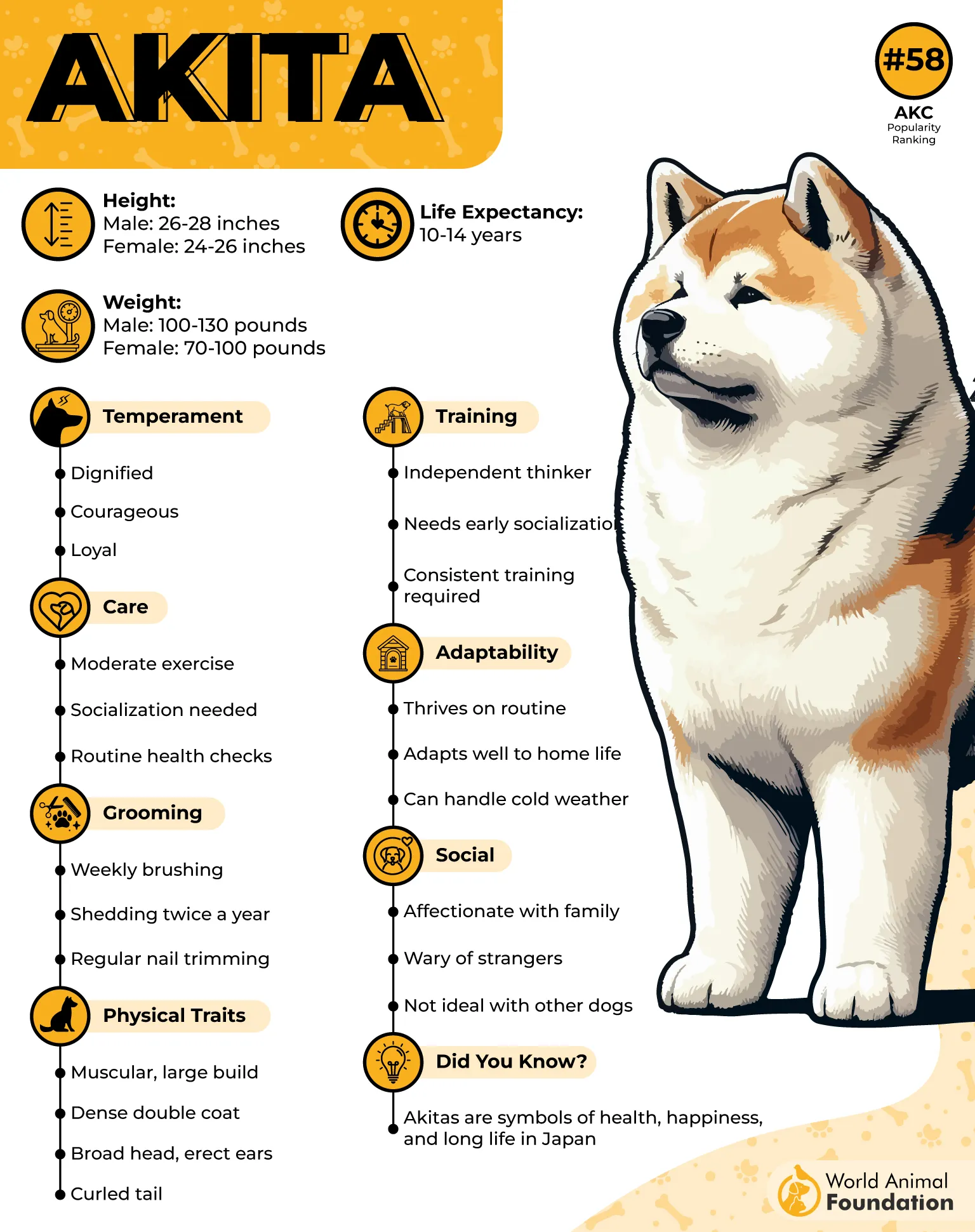
Akitas are notorious for their strong prey drive and can be territorial, meaning they don’t take kindly to sharing space with other dogs — especially those of the same sex. And cats? Let’s just say the Akita might see them as more of a “moving toy” than a roommate.
✔ Dominant personality: They like being in charge (and expect everyone else to agree).
✔ Not very tolerant: Other dogs, especially pushy ones, can spark serious tension.
✔ Independent thinkers: They prefer doing things their own way — your commands are suggestions, really.
Akitas can be calm, loving, and even goofy with their family, but they are not the “everyone’s friend” type. Early socialization and firm, consistent training are absolutely essential.
They need an owner who can earn their respect and keep them mentally stimulated — otherwise, they’ll take matters (and maybe the cat) into their own paws.
Bottom line: The Akita is a one-family kind of dog — a noble guardian, a loyal companion, and a bit of a diva when it comes to sharing attention. If your home already has pets, this proud protector might prefer a solo gig where they can rule the castle in peace.
4. Dogo Argentino
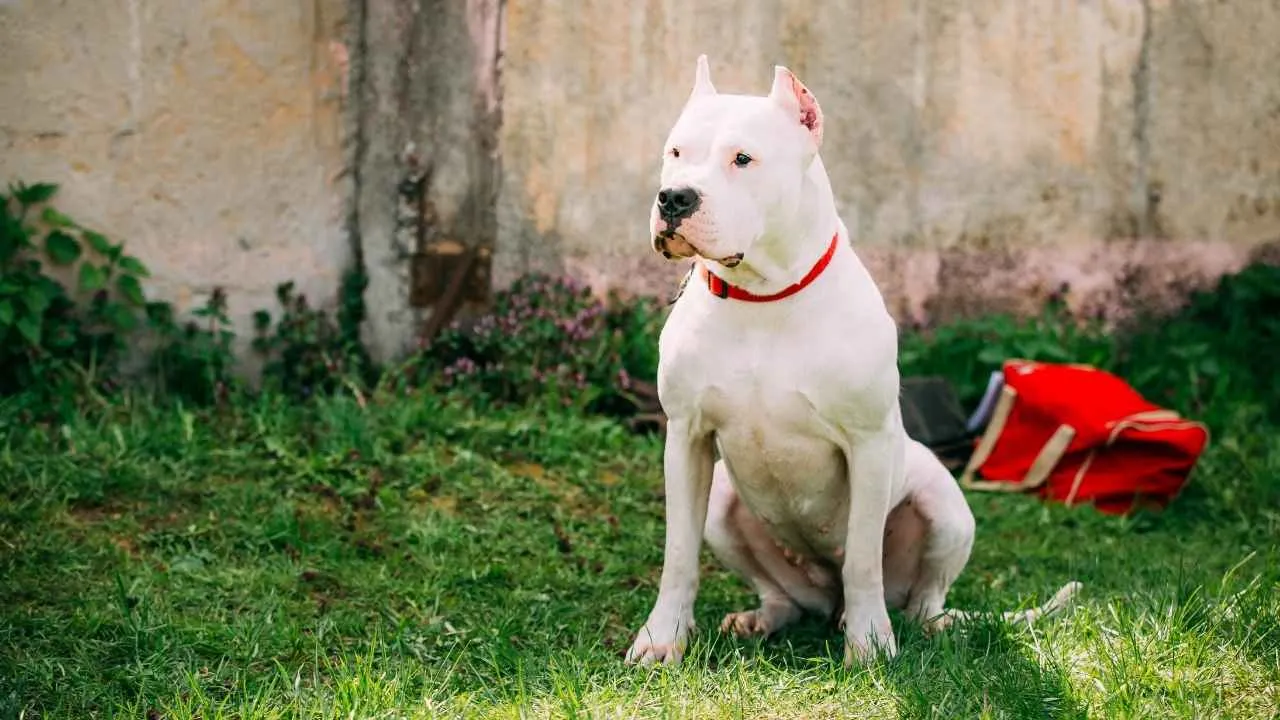
Ah, the Dogo Argentino — the muscle-bound athlete of the dog world. Picture a snow-white, all-powerful guardian who looks like they were sculpted out of marble and given a heart of pure determination.
Originally bred in Argentina for big-game hunting (we’re talking wild boar levels of tough), this breed was built for strength, stamina, and fearlessness — not exactly the chill roommate your other pets are hoping for.
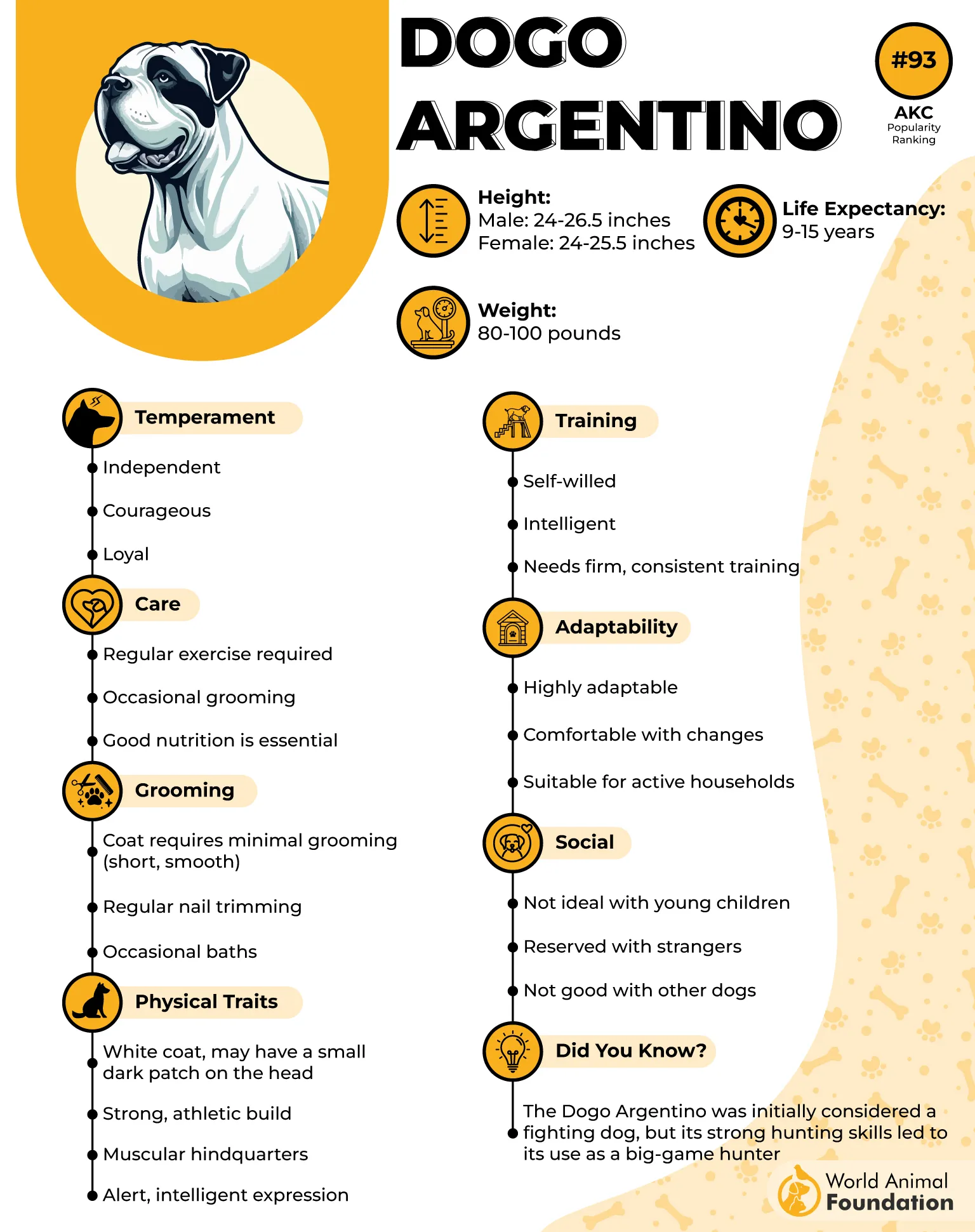
Don’t let their majestic looks fool you — the Dogo Argentino has a very high prey drive and an instinct to dominate. That’s great if you’re hunting in the mountains, but less ideal if you have a house cat who just wants to nap in peace.
This breed is all about control and confidence, and if you don’t show that you’re the boss, they’ll gladly take over the position themselves — and your living room.
✔ Dominant personality: They prefer to be the alpha — no questions asked.
✔ Protective nature: They take guarding “their family” very seriously… maybe a bit too seriously.
✔ Highly intelligent but stubborn: They know what you want — they just don’t always care.
WebMD says with their boundless energy, Dogos need structured training and plenty of exercise; otherwise, they risk becoming difficult to handle as adults. They need an experienced handler who understands pack dynamics and can channel that powerhouse energy into productive outlets.
Bottom line: The Dogo Argentino is an incredible breed — bold, athletic, and fiercely loyal — but if your household includes cats, small dogs, or any creature that runs, squeaks, or challenges authority, it’s best to admire this breed from afar.
6. Catahoula Leopard Dog
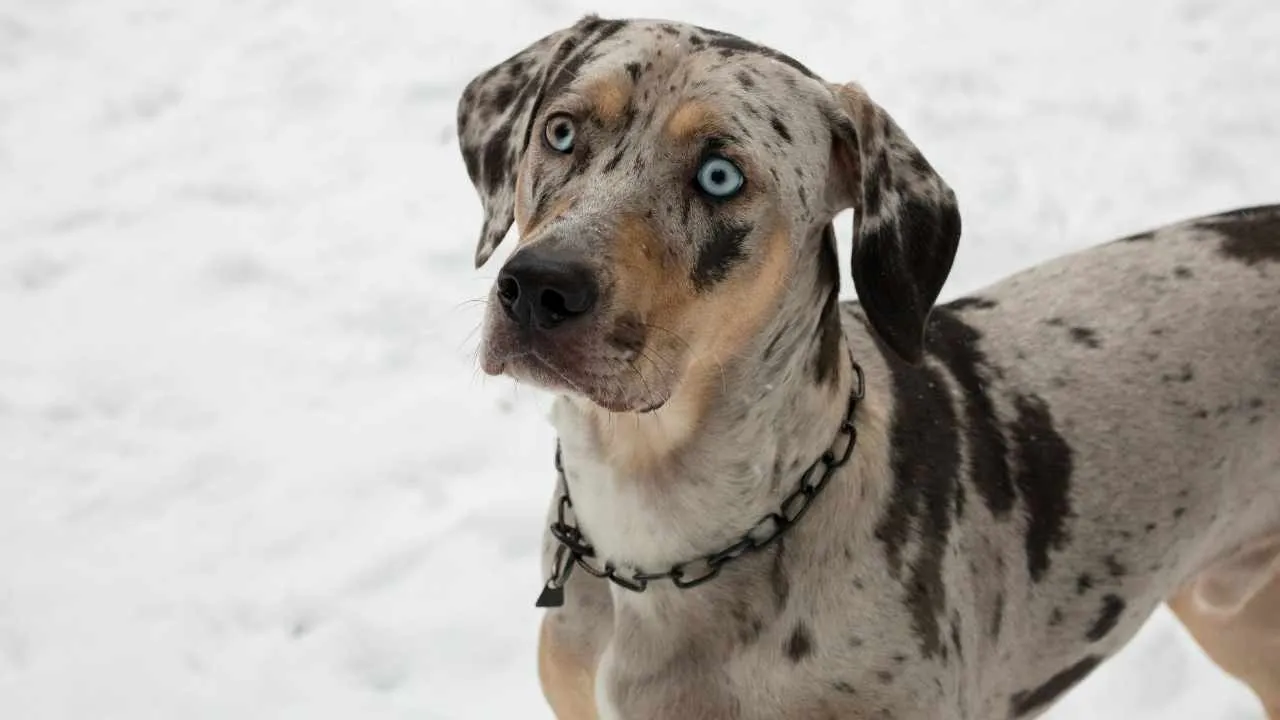
Meet the Catahoula Leopard Dog — Louisiana’s wild child and one of the most striking dogs you’ll ever see. With their marbled coats, mesmerizing eyes, and boundless energy, they look like they walked straight out of a fantasy novel.
But before you start imagining them peacefully lounging beside your cat and guinea pig, let’s set the record straight: the Catahoula is not the best roommate for other pets.
These dogs were bred to hunt, herd, and work — meaning their instincts are as sharp as their looks. They’re known for being independent, territorial, and highly driven, which can spell trouble in a multi-pet household.
A fluttering bird, a skittering cat, or even a dog that gets too close to “their” toy can trigger their herding or prey instincts in a flash.
✔ Independent streak: They prefer to be the boss, not part of a committee.
✔ Can be territorial: They take guarding seriously — sometimes too seriously.
✔ Endless energy: A bored Catahoula can get into creative trouble (and by creative, we mean destructive).
That said, with experienced training, early socialization, and lots of exercise, a Catahoula can learn to coexist with other pets — but they’ll likely always be the alpha of the pack.
Bottom line: The Catahoula Leopard Dog is a beautiful beast with a purpose — best suited for active, confident owners who understand their working nature. But if you’re looking for a one-on-one adventure buddy with brains, brawn, and attitude? The Catahoula’s your wild-at-heart soulmate.
5. Belgian Malinois
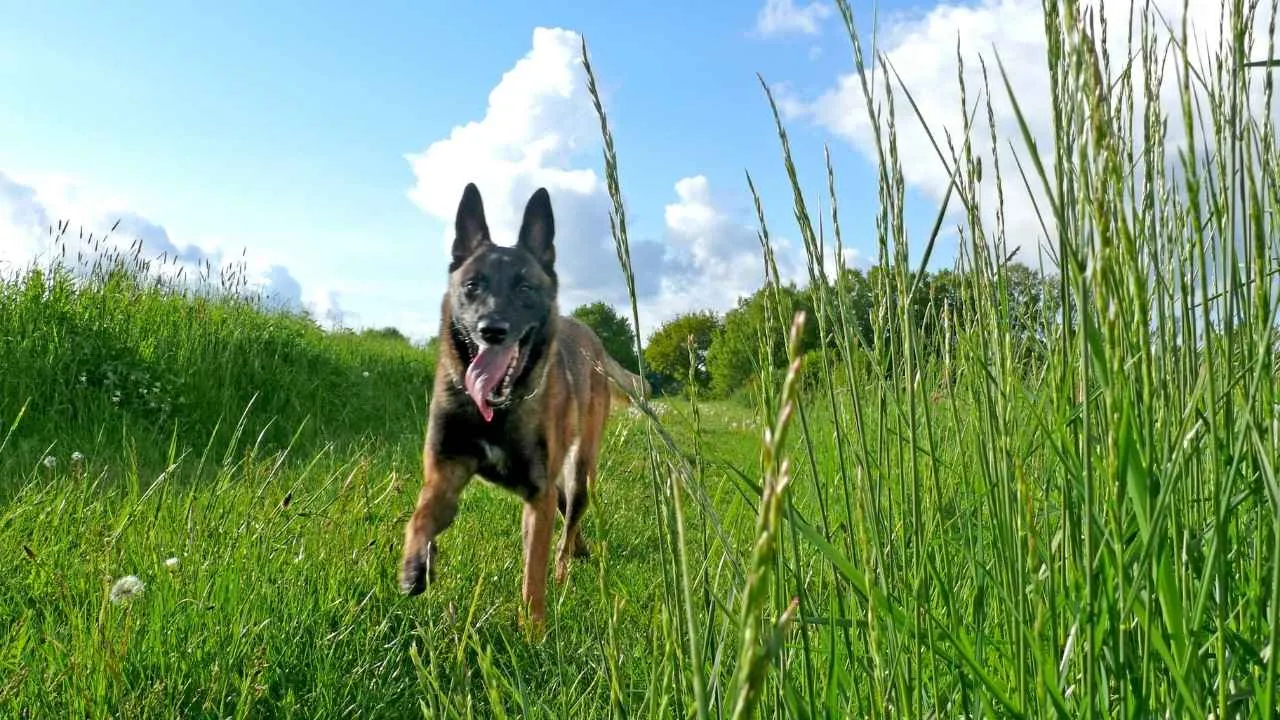
If dog breeds had job titles, the Belgian Malinois would be the Special Forces agent of the canine world — intense, disciplined, and always on high alert. They’re the go-to dogs for police work, military missions, and protection, and they take their duties very seriously.
But if you already have a house full of pets, you might want to think twice before adding this four-legged commando to the mix. The Belgian Malinois is not your average couch cuddler.
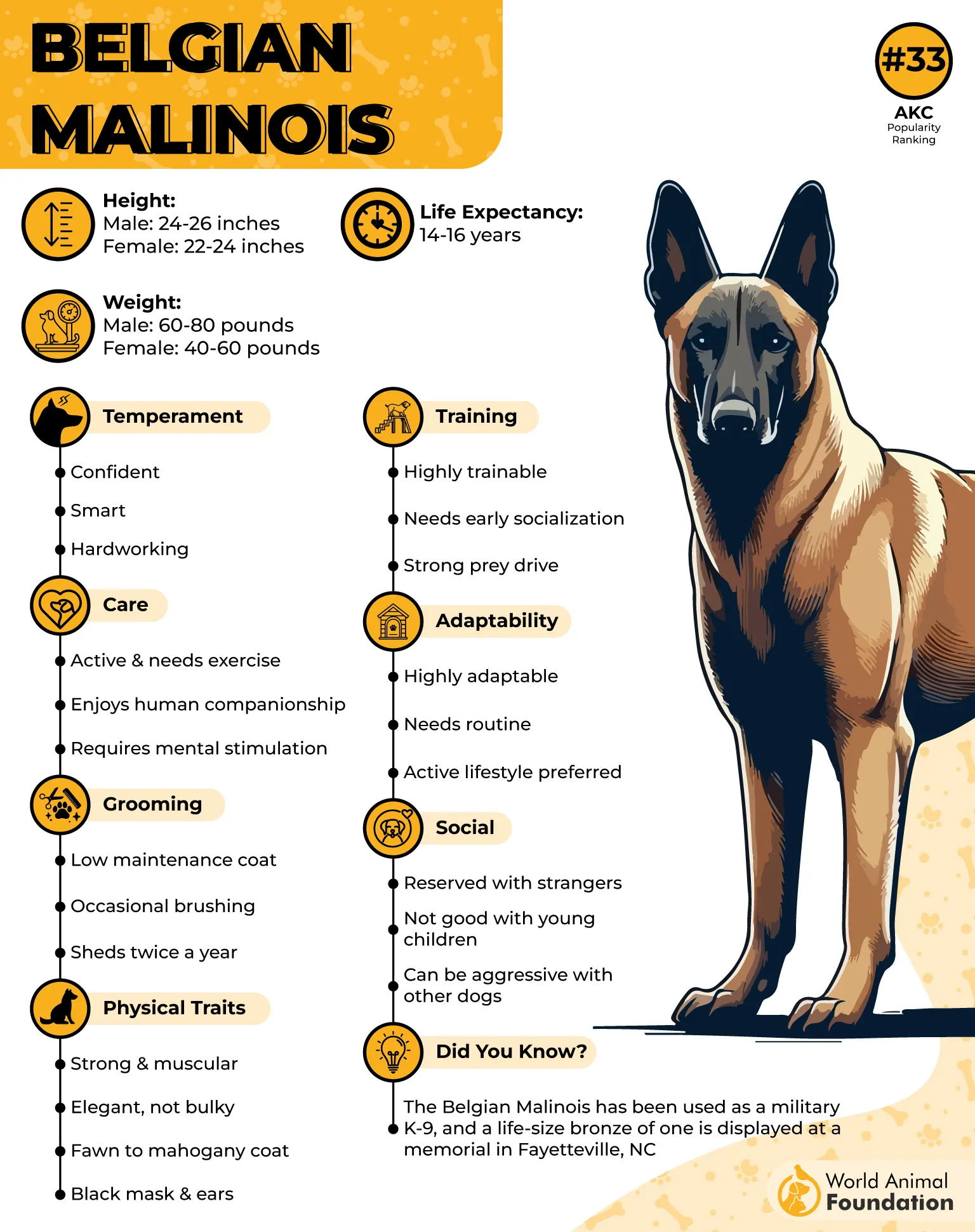
These dogs are driven, focused, and wired to work, and when they don’t have a mission, they’ll find one — like herding your cat, chasing your hamster, or giving your other dog unsolicited obedience lessons. Their strong prey and herding instincts can make them a little too enthusiastic around smaller or more timid pets.
✔ Workaholic energy: They need a full-time job, not a full-time nap buddy.
✔ Herding instincts on overdrive: Cats, rabbits, and even kids might get “rounded up.”
✔ Protective by nature: They can be suspicious of new pets entering “their” territory.
Sure, with intense training, early socialization, and constant mental stimulation, a Belgian Malinois can learn to behave peacefully — but this breed isn’t for the faint of heart or the busy pet parent. They demand leadership, structure, and a purpose.
Bottom line: The Belgian Malinois is a superhero in a fur coat — loyal, fearless, and incredibly smart — but even superheroes need the right environment. If you’re looking for a calm companion for your furry family, skip the Malinois.
7. Rottweiler
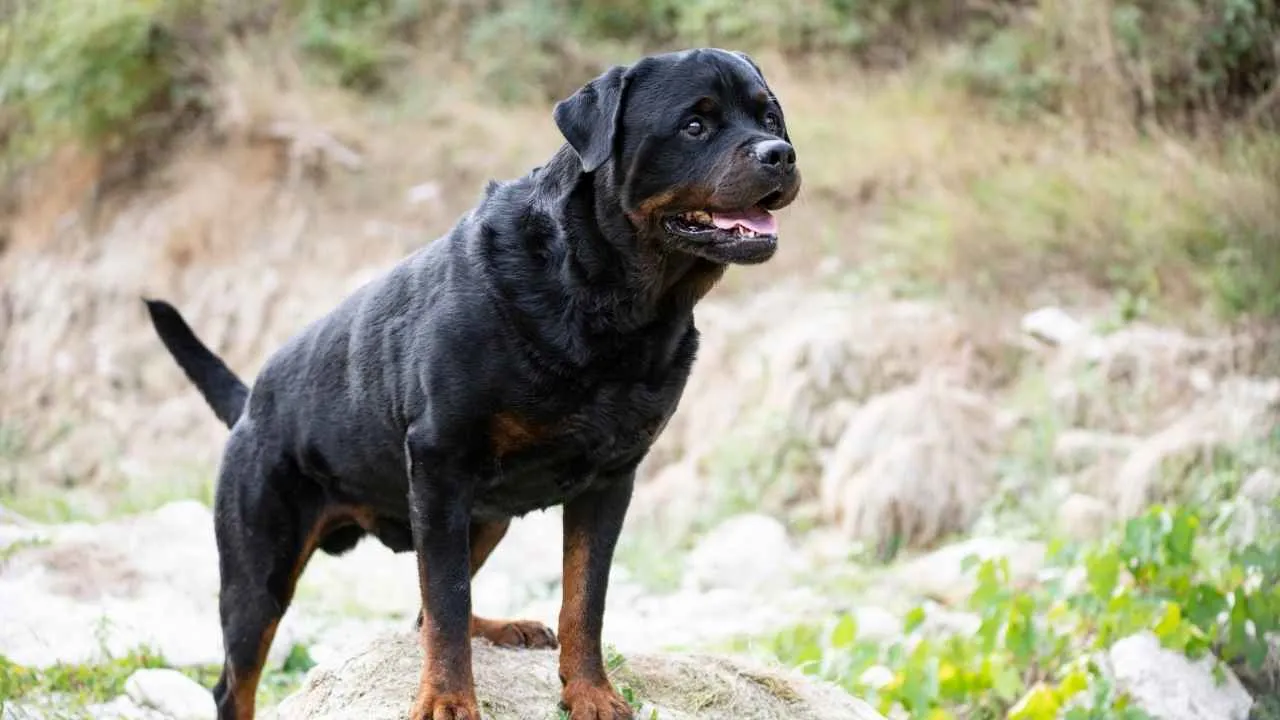
Ah, the Rottweiler — big, bold, and built like a tank with a heart that’s as loyal as it is protective. This breed is the ultimate best friend… if you’re their only best friend. While Rottweilers can be total sweethearts with their families, when it comes to other pets, things can get… let’s just say, “complicated.”
Originally bred to herd cattle and guard property, Rotties are wired to protect and control their surroundings.
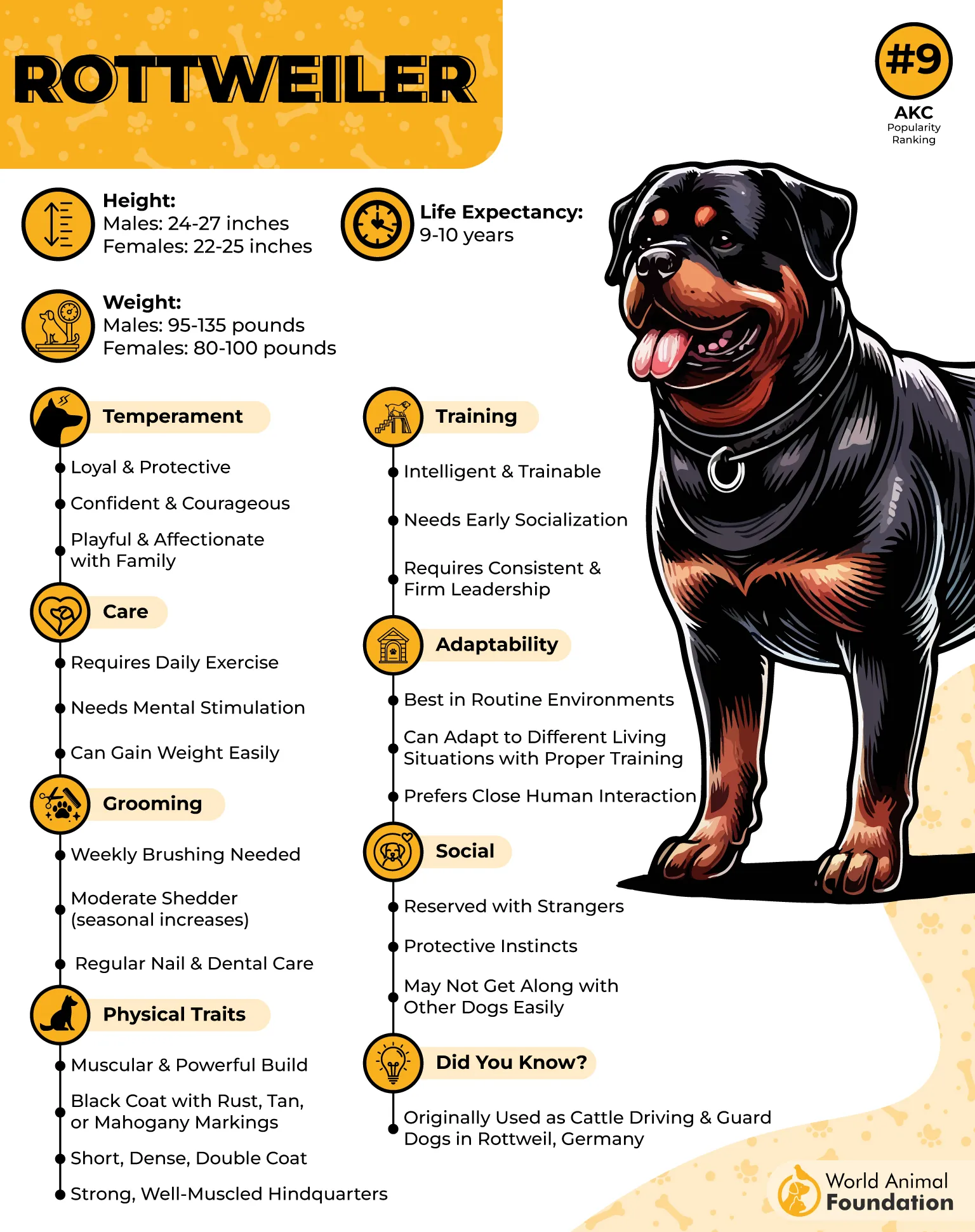
So, when your cat prances by like it owns the place, or your hamster decides to make a 2 a.m. jailbreak, the Rottweiler’s instincts might kick in — and not in the “aww, how cute!” way.
✔ Strong guarding instincts: They like to know who’s boss — and spoiler alert, it’s them.
✔ Protective to a fault: They might see your other pets as threats instead of siblings.
✔ Not big on sharing: Toys, food, attention — Rotties prefer “mine” to “ours.”
That said, a well-trained and socialized Rottweiler can learn to coexist peacefully with other pets — it just takes patience, consistency, and experience. They’re not naturally mean; they just have a strong sense of order (and they’ve decided they’re the sheriff in town).
Bottom line: If you already have a house full of pets and are thinking of adding a Rottie to the mix, make sure you’re ready for some serious supervision and structured introductions.
With the right guidance, your Rottweiler might not just tolerate other pets — they might even guard them… though probably with a slightly judgmental stare.
Conclusion
Choosing the right dog for your home is essential—especially if you already have other dogs or pets. While many dogs make great companions, certain breeds can be incredibly stubborn, high-energy working breeds, or develop behavior problems without extensive training and enough exercise. First-time dog owners should steer clear of breeds like the Siberian Husky, German Shepherd, and even the Labrador Retriever or Golden Retriever if their lifestyle doesn’t match these energetic dogs’ high energy level and grooming needs.
Some pet parents fall for a beautiful dog without considering breed characteristics or potential health issues, which can lead to stress for both pets and bad owners. Most dogs are loving, but not every specific breed fits well in a multi-pet home. French Bulldogs or little guys might do better as solo pets, while a working dog may struggle in close quarters. When looking for your first dog or family dog, seek reputable breeders, consider a shelter adoption, and choose carefully. The perfect dog isn’t about popularity—it’s about compatibility, balance, and harmony with the pets you already love.


